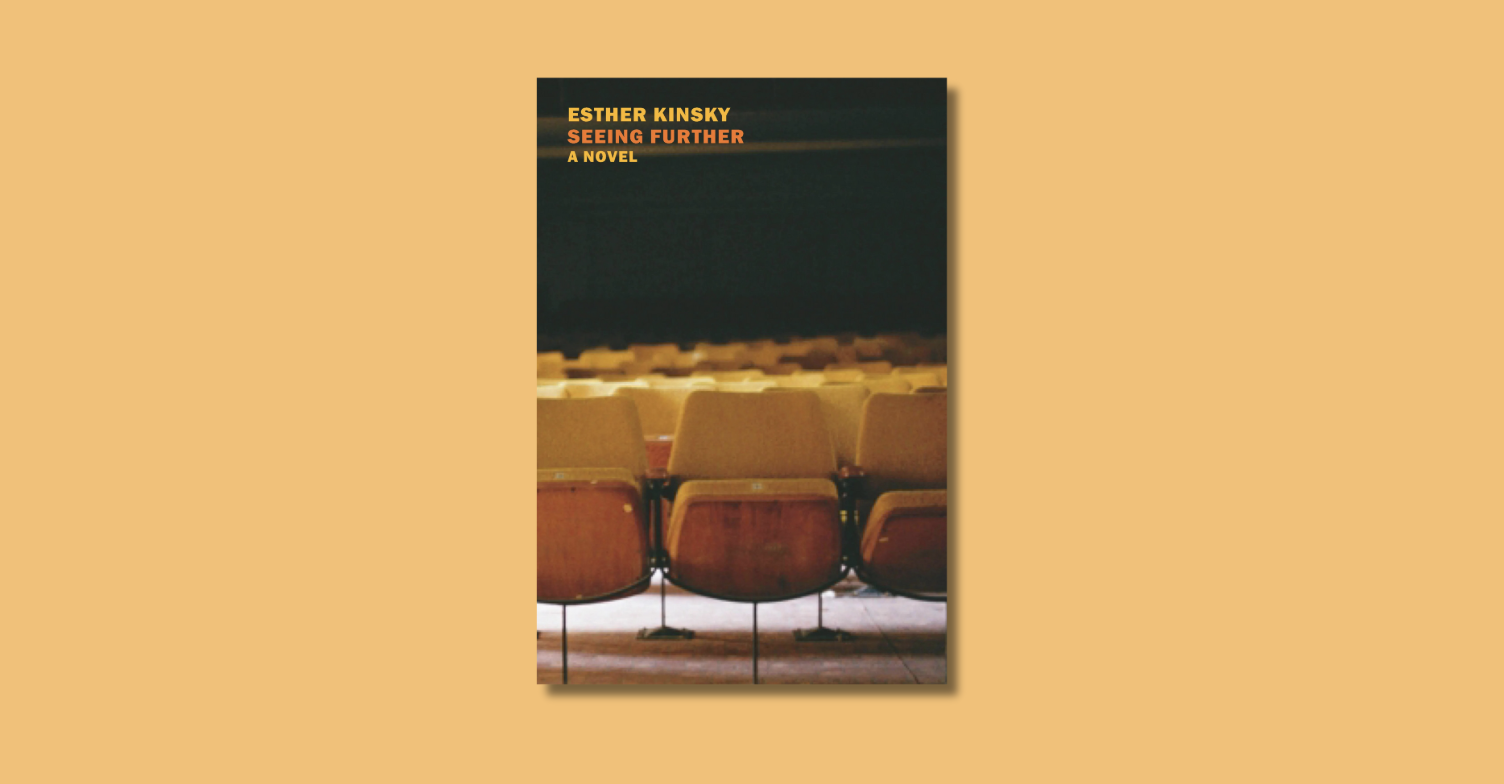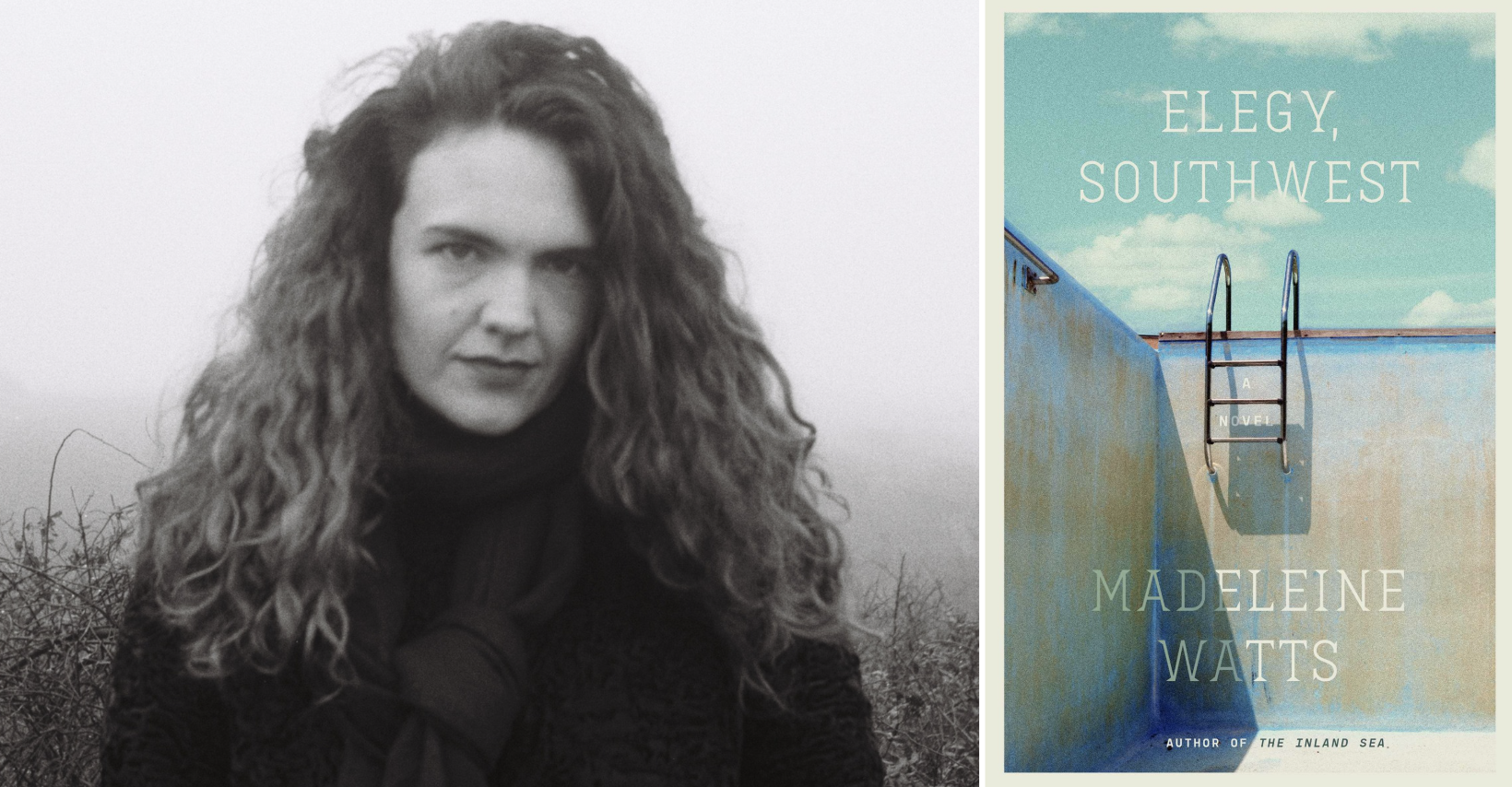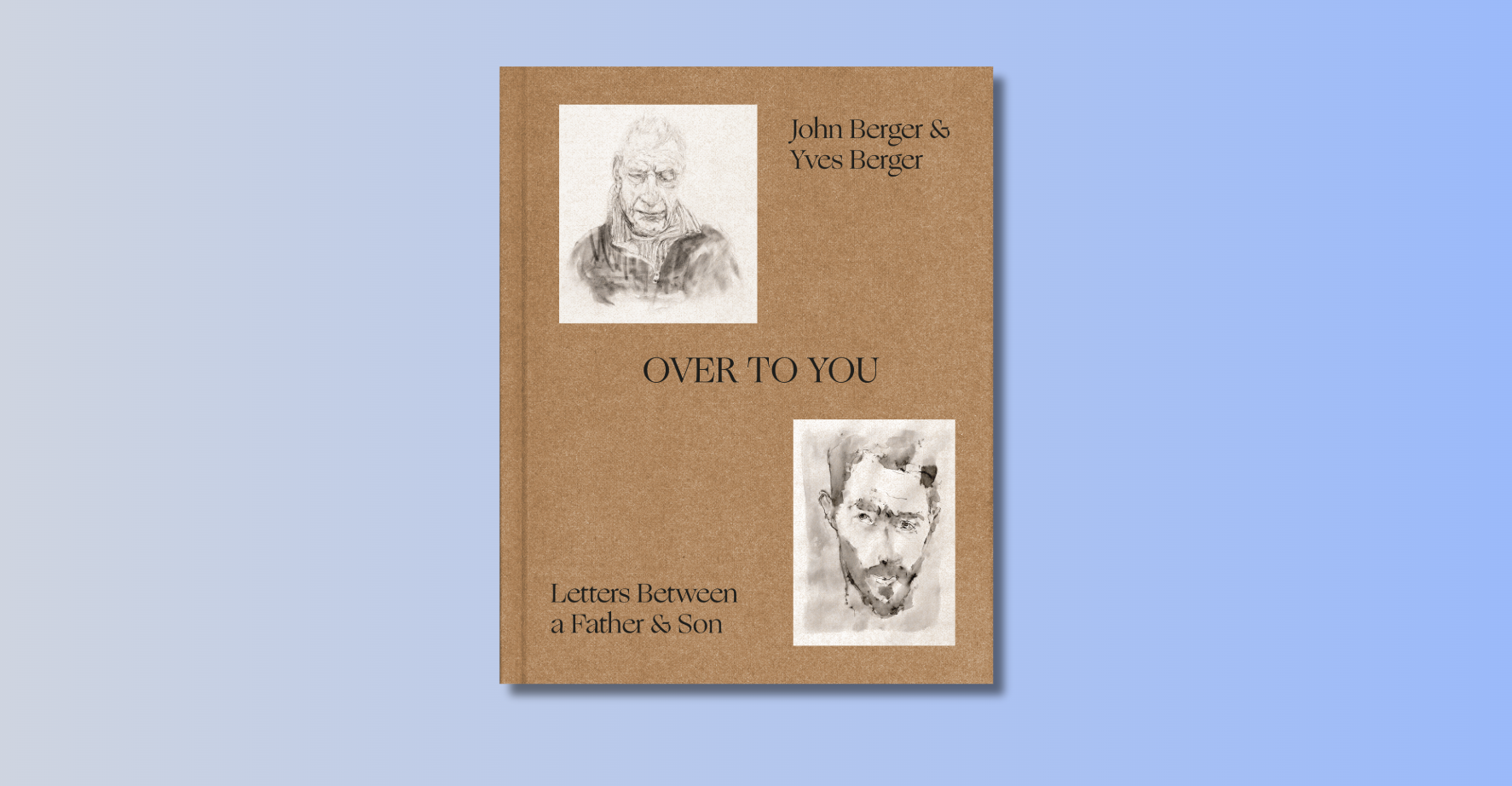For the Paris Review, Lauren Groff takes a closer look at Virginia Woolf‘s second novel, Night and Day. Unlike her more popular novels, like To the Lighthouse and Orlando, this book has a noticeably different tone. “The conversation Virginia Woolf is conducting in her second novel is not the conversation of her later books,” Groff writes, “the one with avant-garde authors of the early twentieth century like James Joyce and Gertrude Stein, but rather a shrewd and ultimately subversive discussion with the male writers of the Edwardian age, like Henry James, John Galsworthy, and her friend E. M. Forster. This is a book that gazes backward in time with skepticism and a virago’s impulse to shred into tatters all that it sees.”
Virginia Woolf Gazes Backward









